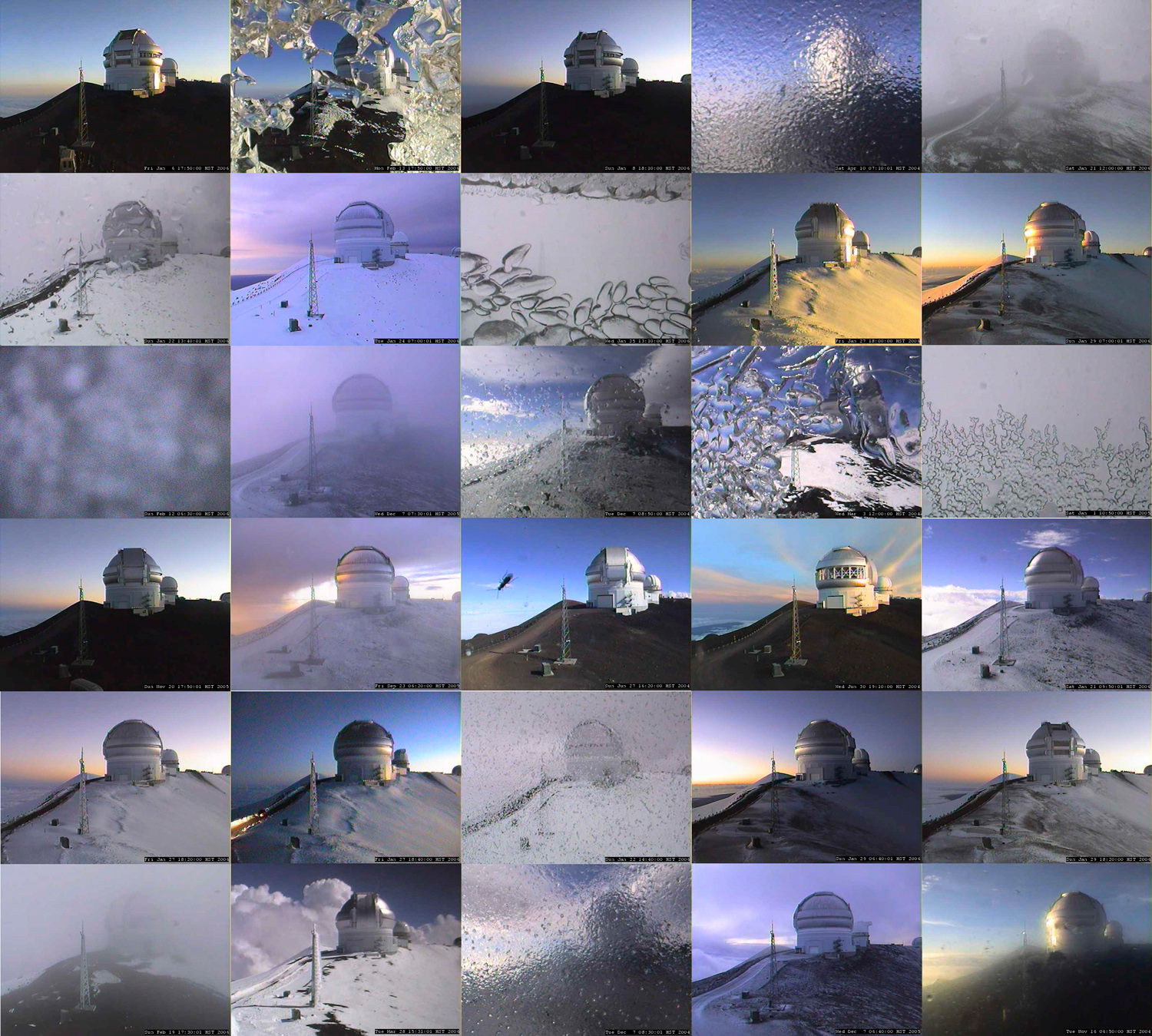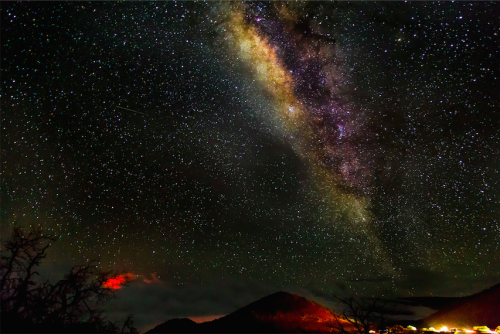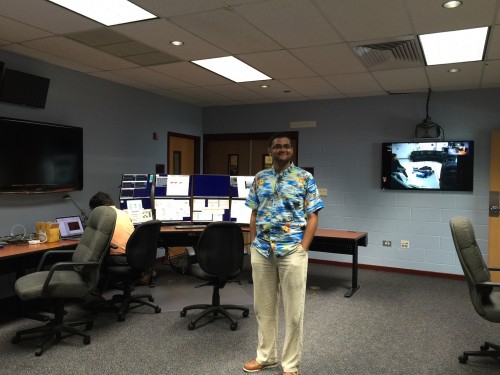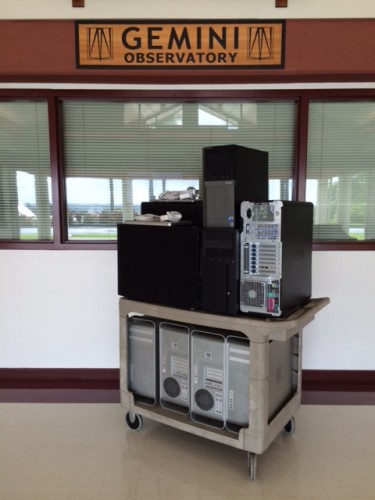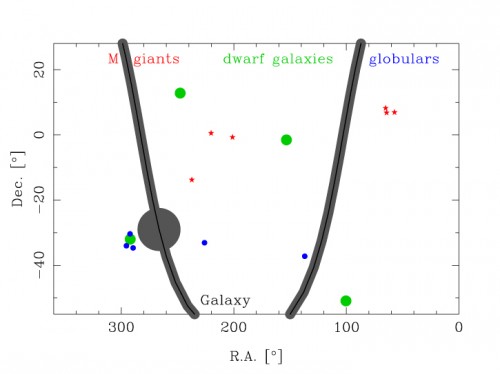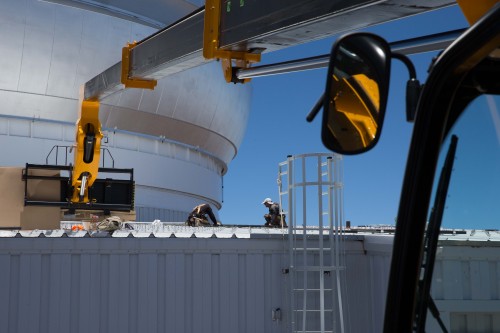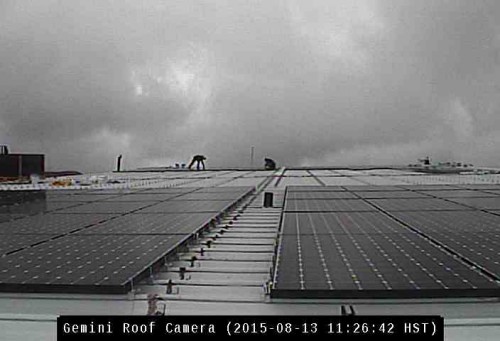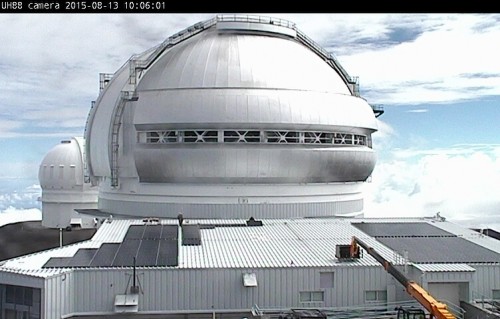- Date: 28 Aug 2015
- Comments: (0)
- Categories: Images/Videos
A Breathtaking Year-Round View of the Skies
Michael J. West, Deputy Director for Science at Lowell Observatory and former Head of Operations at Gemini South, recently published A Sky Wonderful with Stars: 50 Years of Modern Astronomy on Maunakea. This stunning book gives readers a glimpse of the sky through photo essays of Maunakea, revealing the history of the Maunakea observatories, the scientific discoveries made by the telescopes, a look toward the future of astronomy on Maunakea, and so much more. The following is a description of the book on the University of Hawaii Press website:
“A Sky Wonderful with Stars: 50 Years of Modern Astronomy on Maunakea tells the fascinating story of how a remote mountaintop in the middle of the Pacific Ocean became home to the most powerful collection of telescopes in the world. It is a tale of triumphs, failures, and the indomitable human spirit of exploration. Over 160 superb photographs accompanied by astronomer Michael J. West’s engaging commentary bring the past and present to life and showcase the many remarkable discoveries made by the observatories atop Maunakea.”

